Gallery
Photos from events, contest for the best costume, videos from master classes.
 |  |
 | 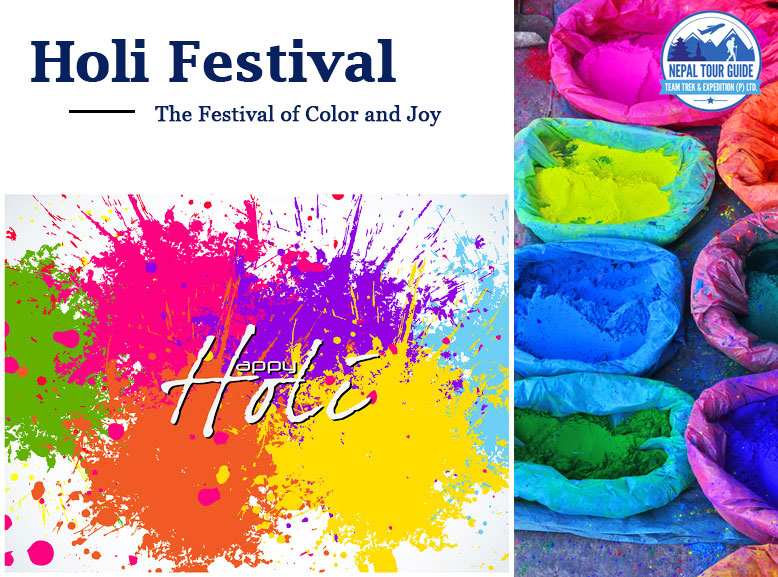 |
 |  |
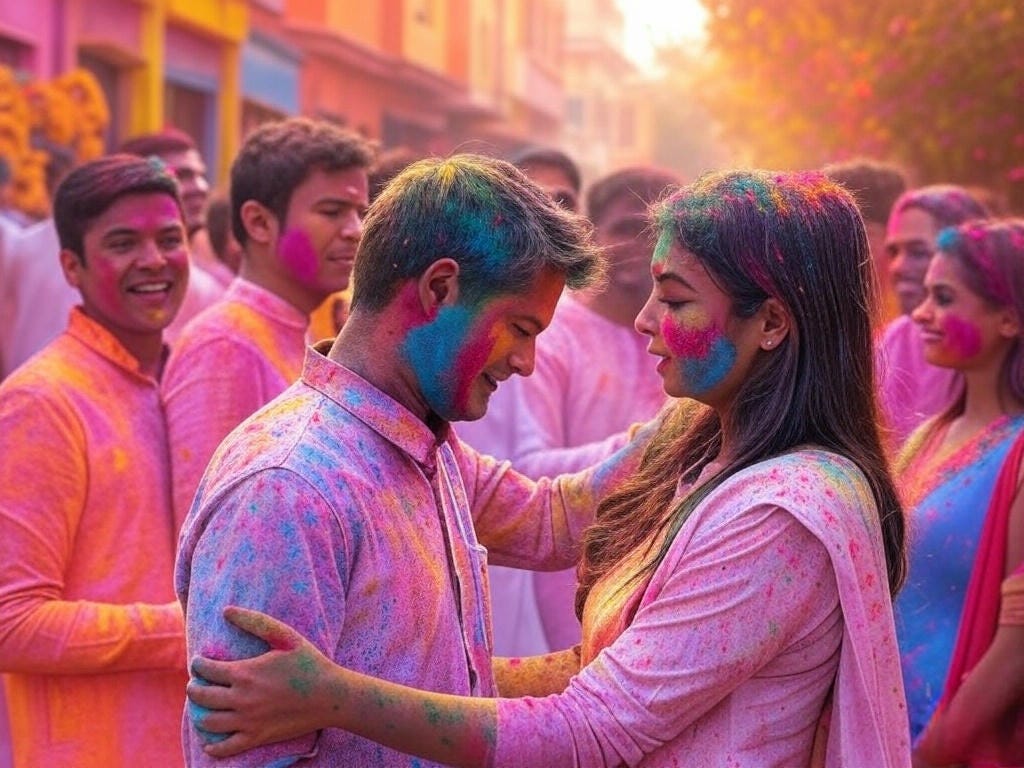 |  |
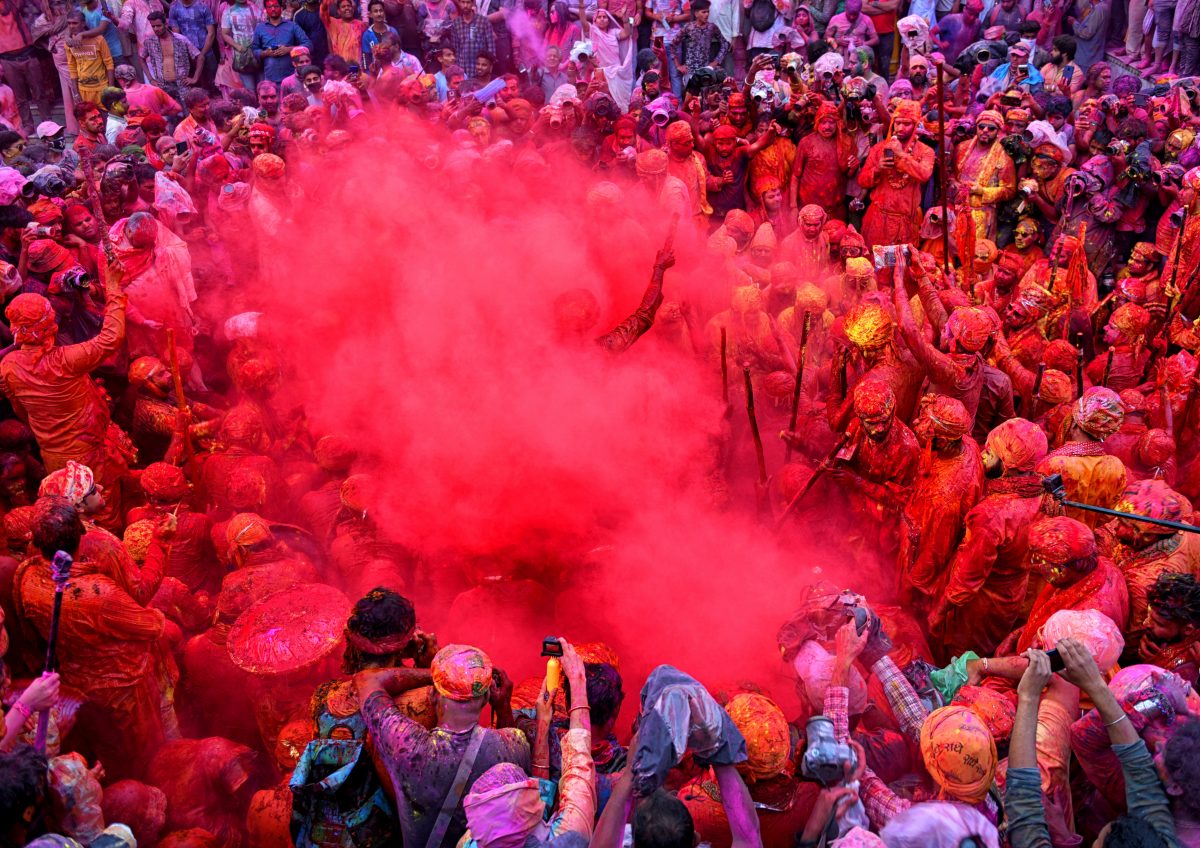 |  |
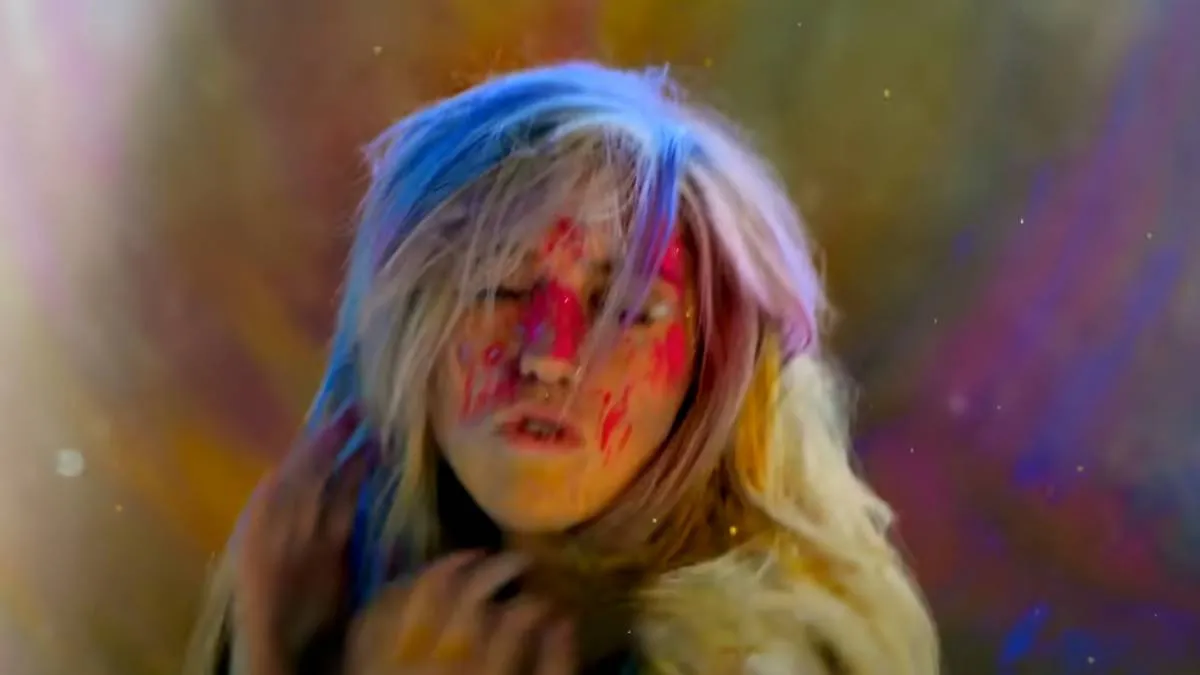 | 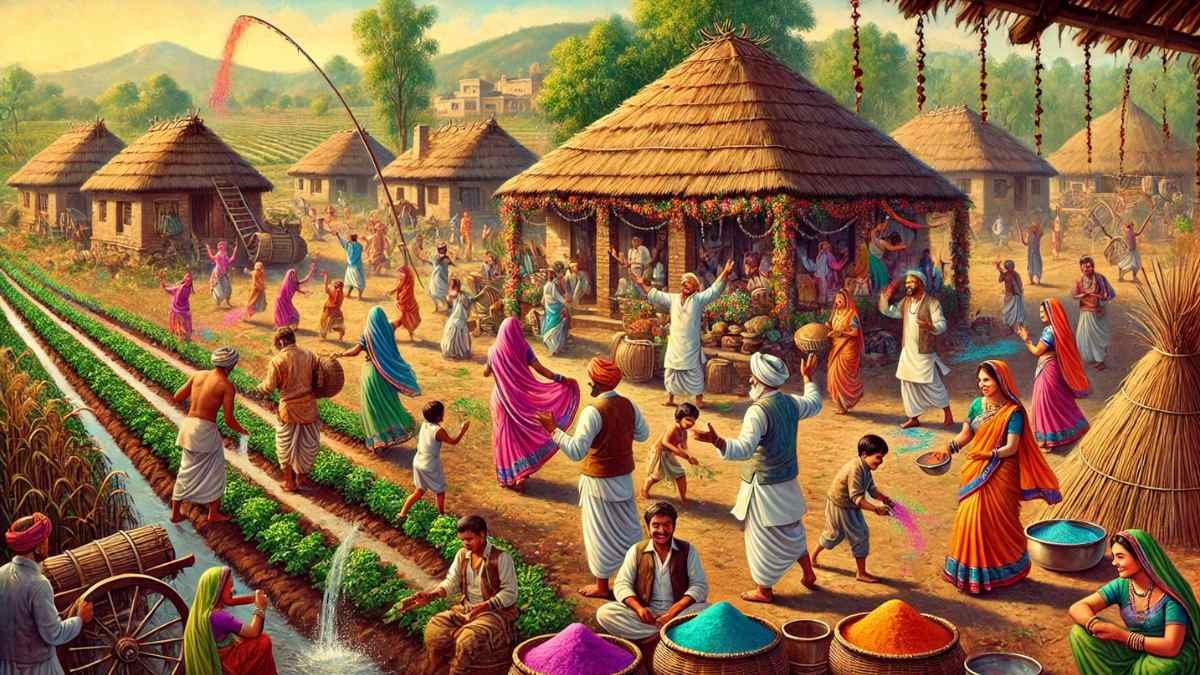 |
Holi, the vibrant festival of colors, has transcended borders, spreading its joyous spirit far beyond India. From Nepal’s traditional rituals to massive color festivals in the United States and Europe, Holi is celebrated in unique ways across the world. Explore how different countries embrace this colorful festival, blending cultural traditions with modern festivities! Holi is much more than the festival of colors, it is a vibrant celebration of love, renewal, and of course, the triumph of good over evil. Even though the roots of this vibrant festival lies in India, the colors, joy, and celebrations of the festival has casted its spell all around the world. Holi has become increasingly popular in Russia, particularly in cities like Moscow and St. Petersburg. The festival is organized by cultural associations and Indian communities, drawing both expatriates and locals alike. In Moscow, parks and open grounds transform into a riot of colors as participants dance to Bollywood and Russian beats. Holi Festival in India. Holi, this special festival of colours is famous among people of India for the great and interesting rituals. The splash of colors over each other, feast of delicious dishes, wearing new clothes are some of the really attention grabbing rituals of the festival. Know More Every spring, people across India and around the world celebrate the Hindu festival Holi, throwing colored water and powders on one another in joyous celebration. On this one day—the full-moon day of the Hindu month of Phalguna—societal rankings such as caste, gender, age, and status are eschewed in the spirit of making merry together, and Holi is a holiday celebrated by millions of Hindus around the world, from India and Pakistan to Trinidad and Tobago, and the United States. It falls on the purnima, or full-moon day of Phalguna The vibrant colors encourage people to forget their differences and come together in celebration. VII. Holi in Modern Context A. Influence of Holi on global culture and festivals. Holi’s influence has spread beyond India, with celebrations taking place in various countries around the world. In West Bengal, Holi is known as "Dol Jatra" or "Dol Purnima," where idols of Krishna and Radha are carried around in processions. In Punjab, Holi coincides with the festival of Hola Mohalla, where Sikhs display martial arts and hold mock battles. In Maharashtra, people celebrate Rang Panchami, which involves playing with colors five days after Holi Around the World. Holi is not limited to India; it is celebrated by Hindu communities across the globe, including countries such as Nepal, Mauritius, Fiji, and the United States. The festival has gained international recognition and is celebrated by people of all backgrounds, transcending cultural boundaries. International Celebrations The celebrations include music, dance, food, and of course, colors. The festival is organized by the Indian Community of Dubai and is a great way to bring people from different communities together. Melbourne, Australia The Holi festival in Melbourne is a vibrant celebration that attracts people from all over the world. The festival is After that, students discuss key questions related to Holi, including the festival’s origins and significance, how Holi compares to festivals in their own culture, whether they would like to experience Holi firsthand. Speaking: Symbolism of Holi Colors. Students discuss what different Holi colors (e.g., red, yellow, green, blue) might Zeal for the festival is particularly marked in this country as Indians constitute the second largest ethnic minority. It is among list of countries celebrating Festival of colors around the world. The celebration of Holi is noticeable at places that witness a large congregation of Indians. The United States of America 6. Holi Around the World. While Holi has its roots in Hindu culture, its spirit of love, unity, and color has transcended boundaries and is now celebrated in many parts of the world. In countries like Nepal, Bangladesh, and Sri Lanka, Holi is a national holiday and a time of great excitement and festivity. Read more: Things to do and not do while celebrating Holi. Holi is a festival that transcends age, religion, and social barriers. It's a reminder to embrace life's colors, spread joy, and celebrate the spirit of togetherness. So, this Holi, get ready to be drenched in love, laughter, and of course, colors! Happy Holi, everyone! Hindustan Times/Getty Images. Holi is a holiday celebrated by millions of Hindus around the world, from India and Pakistan to Trinidad and Tobago, and the United States. It falls on the purnima Holi is celebrated by Indians all around the world, but being in India during this festival is a truly once-in-a-lifetime chance to experience the country at its most joyous and captivating. Content Preview Holi, often called the “Festival of Colors,” is one of the most vibrant and widely celebrated festivals in India and other parts of the world where Indian communities reside. Holi India celebration carries deep cultural and social significance, transcending religious boundaries and fostering unity, joy, and renewal. Traditional Holi Celebrations in India. Holi is a two-day festival filled with devotion, fun, and colors!. 1. Holika Dahan (March 13, 2025) – The Bonfire Ritual. At night, bonfires are lit to symbolize the burning away of evil. Holi, the Festival of Colors, is a vibrant celebration of love, unity, and renewal. Marking the arrival of spring, it symbolizes the triumph of good over evil. People come together to play with colors, enjoy festive foods, and embrace joy, forgiveness, and togetherness. Holi, the vibrant festival of colors, is one of the most eagerly awaited celebrations in India and around the world. It signifies the arrival of spring, the triumph of good over evil, and the joy of new beginnings. This year, Holi will be celebrated on 14th March 2025. Let's dive into the significance, rituals, and spiritual aspects of this lively festival.
Articles and news, personal stories, interviews with experts.
Photos from events, contest for the best costume, videos from master classes.
 |  |
 |  |
 |  |
 |  |
 |  |
 |  |